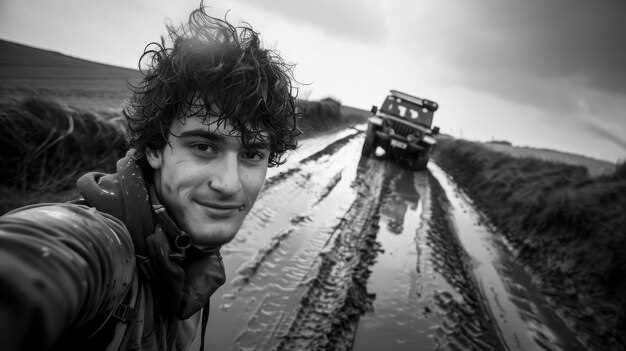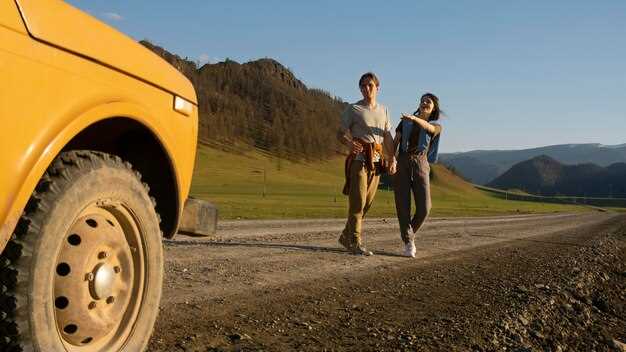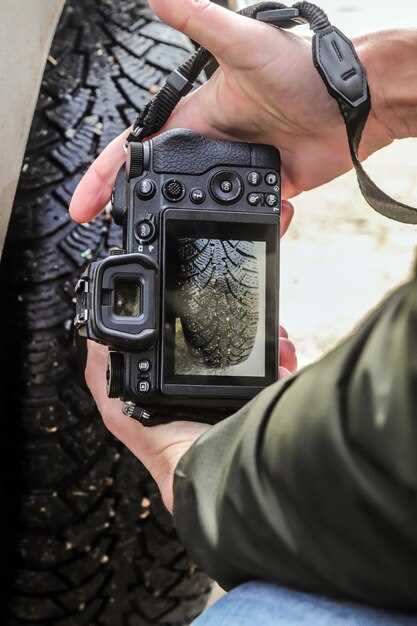
Off-road trucks are engineered for adventure, built to conquer the most challenging terrains. Whether it’s navigating through muddy trails, climbing rocky hills, or splashing through streams, these vehicles deliver excitement and performance that photographers strive to capture. The key to photographing off-road trucks lies not only in the advanced equipment and techniques employed but also in understanding the dynamic nature of their environment.
To effectively capture the essence of action shots with off-road trucks, one must consider various factors that contribute to compelling imagery. The choice of background, time of day, and the truck’s positioning greatly impact the thrill conveyed in the photograph. Utilizing natural light during the golden hour can enhance the truck’s features while adding warmth to the shot. Furthermore, incorporating elements such as dust clouds or splashes can emphasize motion and showcase the ruggedness of off-roading.
Additionally, knowing the truck’s capabilities helps the photographer anticipate movements and create dramatic compositions. Timing is crucial: being ready to click at the right moment can mean the difference between a standard shot and a breathtaking one. Mastering techniques such as panning to capture speed can elevate your off-road photography and bring a sense of life to stunning vehicles in action.
Choosing the Right Equipment for Off-Road Photography
When it comes to capturing stunning action shots of off-road trucks, selecting the appropriate equipment is essential. A reliable camera and lens combination can make a significant difference in the quality of your images. For off-road photography, a DSLR or mirrorless camera is recommended, as they offer superior image quality and faster autofocus capabilities compared to point-and-shoot cameras.
Selecting a versatile lens is crucial. A zoom lens, such as a 24-70mm or 70-200mm, allows photographers to capture both wide-angle shots of trucks in their environment and close-up action shots as they tackle challenging terrains. Additionally, investing in a fast lens with a low aperture enables better performance in low-light conditions, which can be beneficial during early morning or late afternoon shoots.
Stabilization equipment is another key aspect to consider. A sturdy tripod or monopod can help stabilize your camera during long exposures, particularly when capturing moving trucks. Alternatively, a gimbal stabilizer can be used when shooting video to maintain a smooth and professional look even in rough conditions.
Finally, consider protective gear such as weather-sealed camera bodies and lenses. Off-road environments can be unpredictable, with dust, mud, and moisture posing potential risks to your equipment. Using lens filters can also provide additional protection while enhancing image quality.
Techniques for Freezing Motion in Challenging Terrain

Capturing the dynamic nature of off-road trucks in action requires specific techniques to freeze motion effectively, especially in challenging terrain. One of the most critical factors is shutter speed. A fast shutter speed, typically 1/500s or faster, ensures that the truck appears crisp and clear even as it navigates through dirt, mud, or rocky paths. Adjust your camera settings accordingly to achieve this.
Using continuous shooting mode is another effective technique. This mode allows for a rapid series of shots, increasing the chances of capturing the perfect moment in motion. When photographing off-road trucks, anticipate the action by positioning yourself in locations with dynamic movement, such as jumps or sharp turns.
Another essential element of freezing motion is understanding the use of panning techniques. By following the truck’s movement with your camera while using a slower shutter speed, you can create a sense of speed and dynamism while still freezing the vehicle in focus. A panning speed that matches the truck’s velocity will yield the best results.
Additionally, consider the use of specialized equipment, such as monopods or gimbals, which can help stabilize your shots while maintaining mobility in rugged environments. These tools allow for smoother tracking and reduce camera shake, leading to sharper images.
Finally, utilize the right lighting conditions. Shooting during the golden hours, just after sunrise or before sunset, provides soft, diffused light that enhances the details and colors of off-road trucks, making them pop against the rugged backdrop. Understanding these techniques will enable you to effectively freeze motion, capturing the thrilling essence of off-road adventures.
Post-Processing Tips for Enhancing Action Shots

Post-processing is essential for elevating the quality of your action shots of off-road trucks. Start by adjusting the exposure to ensure that the details of the trucks are visible, especially in bright or shadowed areas. Use histogram tools to guide your adjustments, ensuring the image retains a balanced look.
Next, increase the contrast to emphasize the ruggedness of the trucks and the dynamic environment. This step can help separate the trucks from the background, making them more prominent in the frame. A slight boost in clarity will further enhance the fine details, such as textured surfaces and dirt splashes.
Color correction is vital too. Off-road trucks often have vibrant colors that can be invigorated with saturation adjustments. Be careful not to overdo it; maintaining a natural look is crucial. Utilize selective color adjustments to highlight the specific hues of the trucks without affecting other areas of the image.
Sharpening is another important factor to consider. Carefully apply sharpening to the trucks to bring out the details without introducing noise. This step can help convey the speed and power of the vehicles, enhancing the overall impact of the action shot.
Lastly, consider cropping your image to improve composition. A tighter frame can draw more focus to the trucks and their movement, reducing distractions from the surrounding environment. Combining these techniques will substantially improve the overall quality of your action shots, ensuring that the off-road trucks are showcased at their best.





